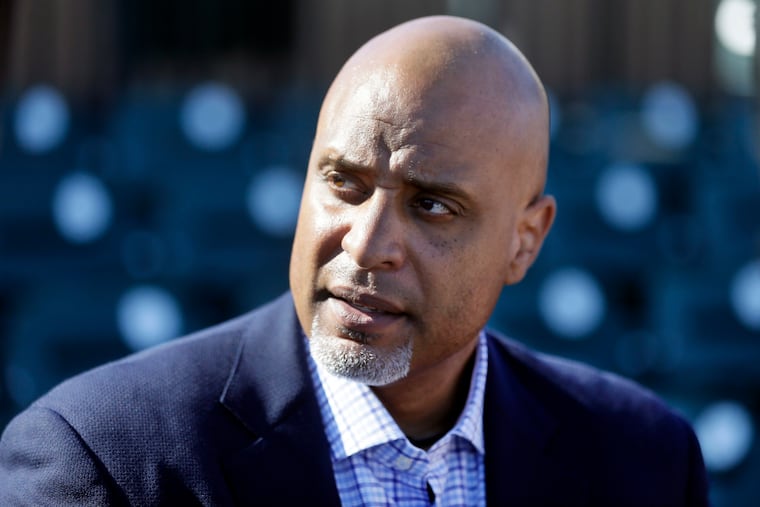Players disappointed over ‘massive’ cuts proposed by MLB’s sliding-scale salary plan
According to MLB's proposal, highest-paid players would receive a lower percentage of their already prorated 2020 salaries, while lower-paid players would make a higher percentage.
